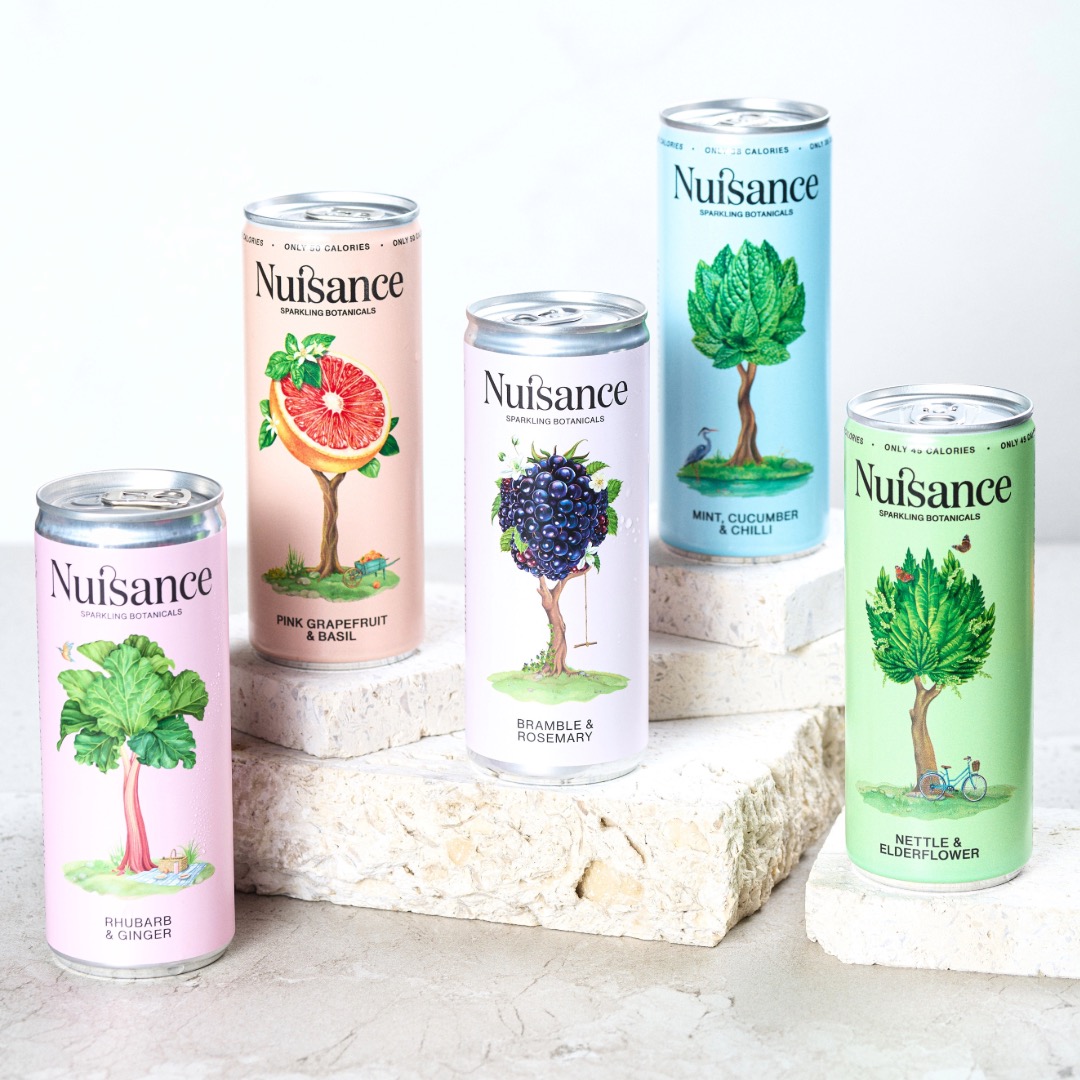A Comfy Alternative to Wearing Socks!

There are two brands offering 100% natural cotton socks (but only in a few styles). If you choose other brands, nearly all will contain a little elastane, so launder in a microfibre filter, to stop microplastics releasing from washing machines and going out to sea.
Babies should not wear socks in warmer temperatures (including in cars), to help reduce risk of SIDS (same with hats). Read more at The Lullaby Trust.
Dr Scholl’s Go Sockless are cushioning insoles, to wear inside your shoes. They are not ‘natural’ (made from synthetic terry cloth), but are replaced every six months (rather than laundered) so at least it stops microplastics leaching from machines.
Keep socks away from pets. They smell lovely to animal friends, but could cause constipation, choking or intestinal blockage. Signs of sock ingestion are lethargy, vomiting, loss of appetite, a tender abdomen and difficulty pooping.

Sold in a pack of 3, you just peel them apart and place inside shoes to absorb moisture, the cooling vents help to keep feet dry, and the thin profile is designed to not crowd toes, in shoes. Trim to size.
How to Make Your Socks Last Longer
- Keep your toenails trimmed!
- Store socks flat (don’t ‘cuff into one another’).
- Launder with gentle unscented detergent. Never use fabric conditioner or bleach, nor tumble-dry. Unless higher temperatures needed for immunity (babies, medical issues), wash in cold or lukewarm water.
- Wear with well-fitted quality vegan shoes or sneakers. Visit a shoe shop before buying, to get your feet measured, as too-tight shoes will end up destroying your socks!
You can recycle natural fibre socks at textile banks. For others containing elastane, collectively (community, school, office) invest in a TerraCycle Fabric & Clothing Box. Fill with socks, fabrics, textiles and hosiery, then send off using the prepaid label, to be made into other things.






